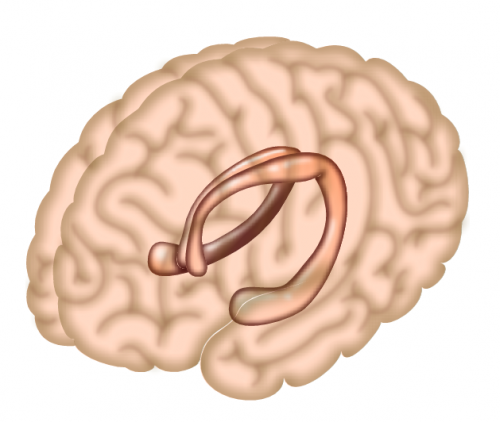Inhibitory interneurons in hippocampus excite the developing brain


Brain function depends on inhibitory cells that balance or ‘brake’ excitation. These neurons allow the brain to process information and also prevent runaway seizures. A new study from the George Washington University (GW), however, reports that in some critical structures of the developing brain, the inhibitory neurons cause excitation rather than suppression of brain activity. The findings, published in Science Advances, could have implications for the treatment of neonatal seizures.
Gamma-aminobutyric acid (GABA)-releasing, or GABAergic, interneurons mediate inhibition in the mammalian brain. Despite their importance in adults and implication in neurodevelopmental disorders such as autism, the role of interneurons during brain development is poorly understood. A more complete understanding of GABA’s role in early network function is essential for designing treatments for neonatal seizures because standard treatments that augment GABA receptor function in infants with seizures are often ineffective.
Researchers at GW tested a longstanding hypothesis that the brain’s inhibitory system is actually excitatory during development, which had not previously been proven in vivo.
“This is the first evidence that these neurons are actually excitatory in vivo,” said Matthew Colonnese, Ph.D., associate professor of pharmacology and physiology at the GW School of Medicine and Health Sciences and the senior author on the study. “The inhibitory system within the fetal brain, which in the adult acts as a kind of braking system, instead can act as an accelerator in the young brain.”
In this study, the researchers locally manipulated interneuron activity in a murine model. Their results prove that GABAergic neurons are excitatory in the hippocampus at ages equivalent to the early third trimester and only later become inhibitory. The study also showed interneurons in a closely related but different region, the visual cortex, are inhibitory throughout early development.
The team’s evidence of GABA’s heterogeneity across regions of the brain gives one potential explanation why simply trying to change early excitatory GABA into inhibitory GABA—as anti-seizure treatments currently do—may not work, explained Colonnese. “It’s really going to depend on the origin of the seizures, whether they originate in the cortical or hippocampal tissue, their spread, the infant’s age, and the type of seizure.”
“Currently, we don’t have an effective treatment for neonatal seizures,” said Yasunobu Murata, Ph.D., a member of Colonnese’s lab at GW and first author on the study. “My hope is that we can use these findings to develop more targeted therapies for infants suffering from seizure disorders.”
Murata and Colonnese see the potential for their data to inform development of drugs for neonatal seizures, however, having examined just two regions in this study, they note that a more global mapping of where and when interneurons are excitatory or inhibitory is needed, as well as an understanding of what determines whether neurons act as an accelerator or a brake.
Source: Read Full Article




